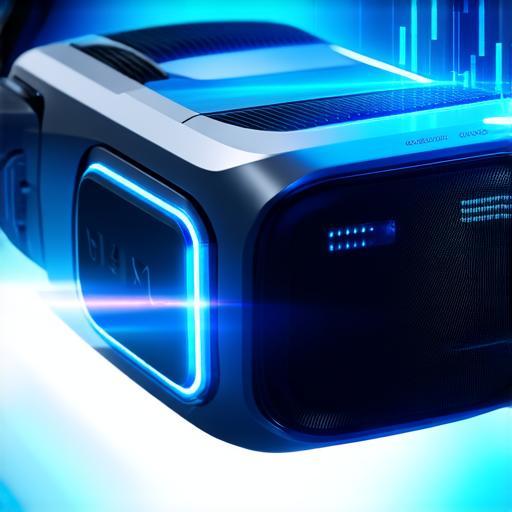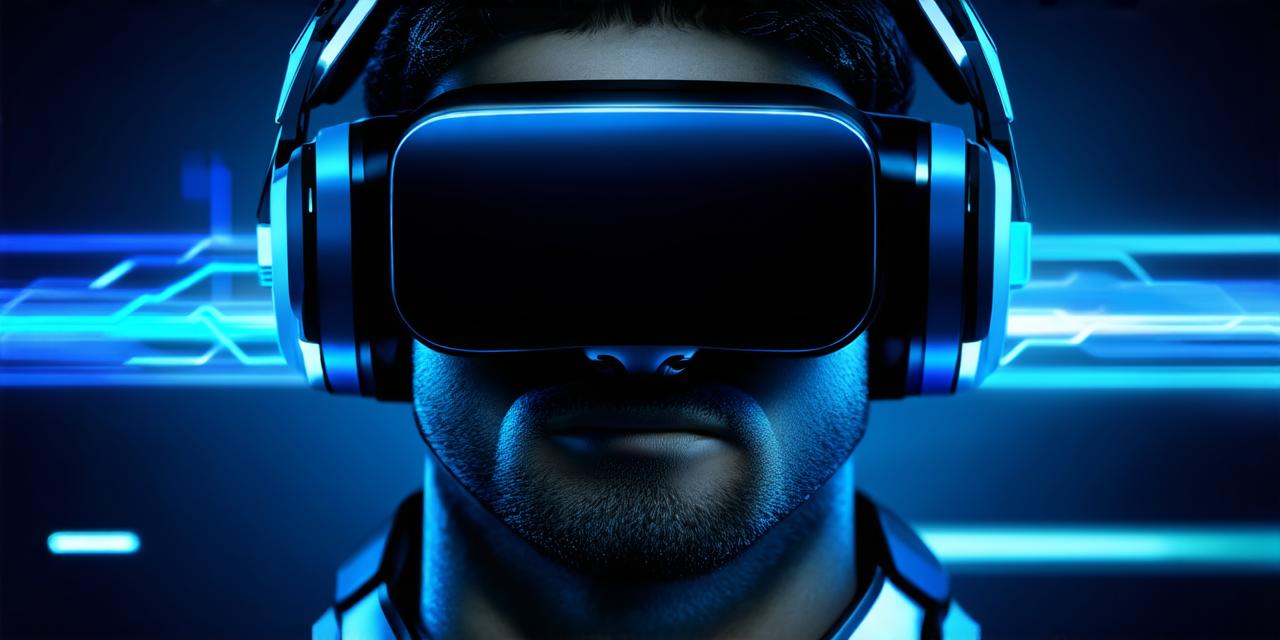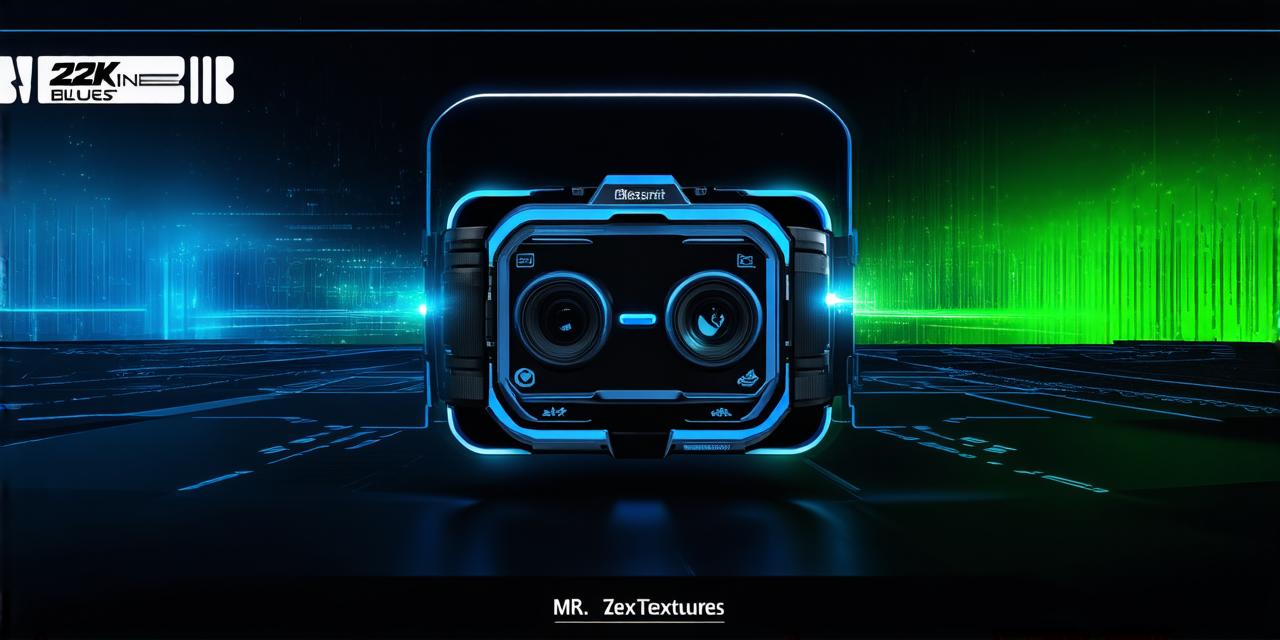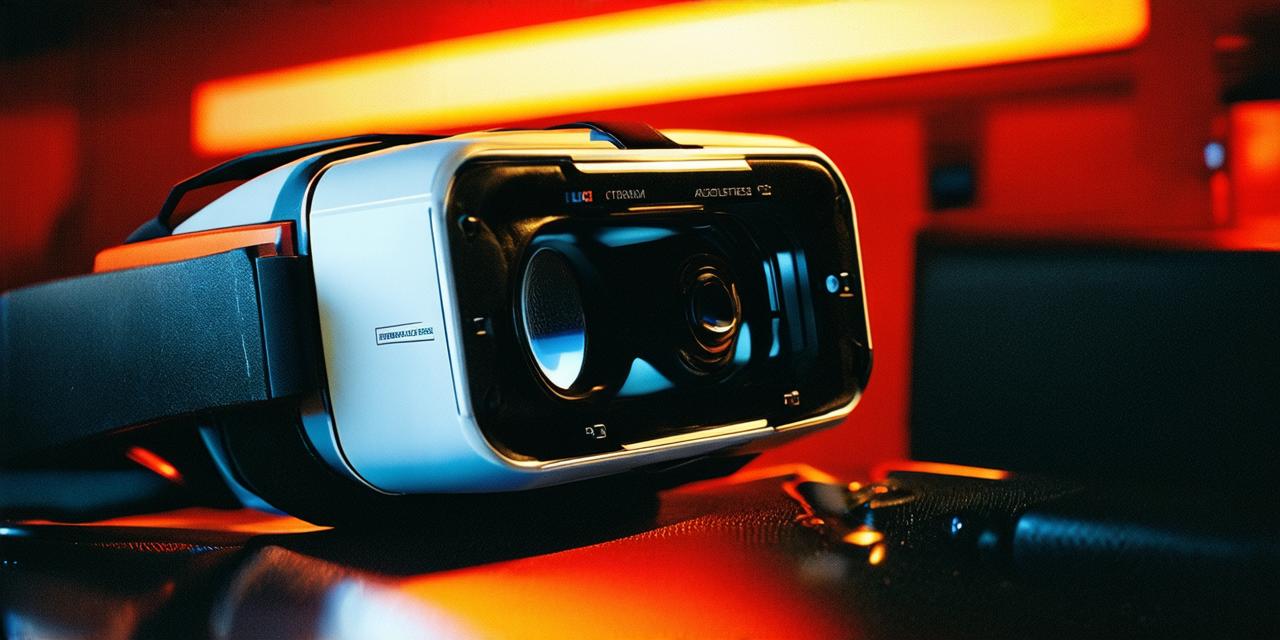
Virtual reality is a computer-generated simulation of a 3D environment that allows users to interact with objects and other individuals in that environment as if they were real.
The technology has been around for decades, but only recently has it become widely accessible and affordable, making it an increasingly popular form of entertainment, education, and training.
In VR, the user wears a headset or goggles that tracks their movements and adjusts the virtual environment in real-time based on where they are looking and moving. This allows the user to feel as if they are truly immersed in the virtual world, with a sense of presence and interactivity that can be hard to distinguish from reality.
One of the key components of VR is the use of stereoscopic displays, which create the illusion of depth by showing slightly different perspectives from each eye. This allows the brain to perceive the virtual environment as if it were real, with objects and individuals appearing to be at different distances based on where they are in the environment.
Another important aspect of VR is its ability to track the user’s movements and adjust the environment accordingly. This can involve using sensors and cameras to detect the user’s position and orientation, or using motion controllers that allow the user to interact with virtual objects using hand gestures.
Overall, virtual reality is a powerful tool that can be used for a wide range of purposes, from entertainment and gaming to education and training. By providing a fully immersive and interactive experience, VR has the potential to transform the way we learn, work, and play.



